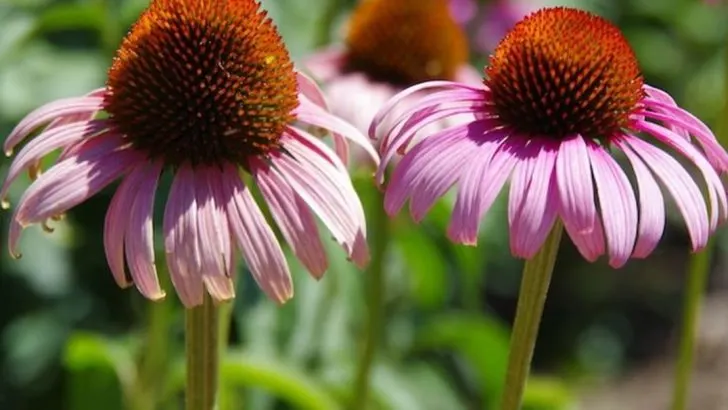Gardening in retirement isn’t just a hobby — it’s a chance to nurture your well-being, both mentally and physically. And few plants offer as much healing power as herbs. These natural remedies have been used for centuries to soothe, restore, and energize — and many of them are incredibly easy to grow at home.
Whether you’re easing sore muscles, calming the mind, or boosting digestion, the right herbs can become everyday allies in your garden and your kitchen. Best of all, many are low-maintenance, thrive in pots or small beds, and bring beauty and fragrance to any space.
In this article, discover 9 therapeutic herbs that every retired gardener should grow. These plants don’t just fill your garden — they support your health and peace of mind, one leaf at a time.
Chamomile

Chamomile, often lauded for its calming properties, transforms a garden into a peaceful retreat. This herb’s daisy-like flowers are not just visually appealing but serve to brew teas that help in reducing stress and promoting sleep.
The gentle aroma wafting through the garden can evoke a sense of tranquility, making it an ideal plant for retirees seeking a serene environment. Historically, chamomile was revered by Egyptians as a sacred gift from the sun gods, highlighting its age-old significance.
Planting chamomile is a delightful way to embrace relaxation as part of daily life.
Lavender
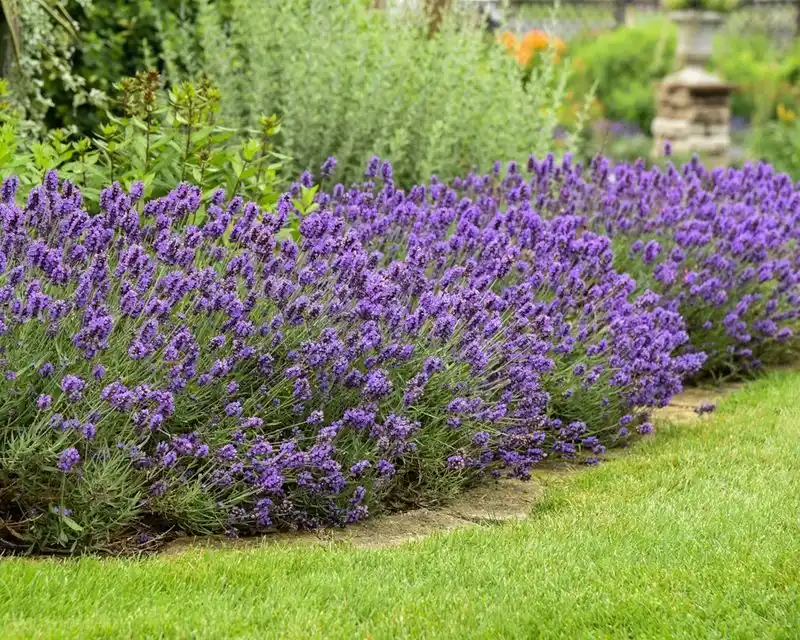
The aroma of lavender, with its sweet and floral notes, is a timeless classic in herb gardens. Known for its soothing effects, lavender offers therapeutic qualities that aid in relaxation and stress relief.
In addition to its calming scent, this herb attracts pollinators, creating a lively garden atmosphere. Interestingly, lavender oil was used by ancient Roman soldiers to cleanse their wounds, showcasing its multifaceted uses.
Growing lavender not only beautifies the garden but also provides endless possibilities for creating homemade scented products.
Peppermint

Peppermint, a refreshing addition to any garden, is known for its invigorating scent and flavor. Its leaves make for a zesty tea that aids digestion and can be a comforting remedy for headaches.
The plant’s vigorous growth can quickly fill an area, adding vibrant green to the landscape. Did you know peppermint is a natural hybrid of spearmint and watermint? This botanical heritage adds to its charm.
Cultivating peppermint is a joyful endeavor that rewards with both culinary and medicinal benefits.
Lemon Balm
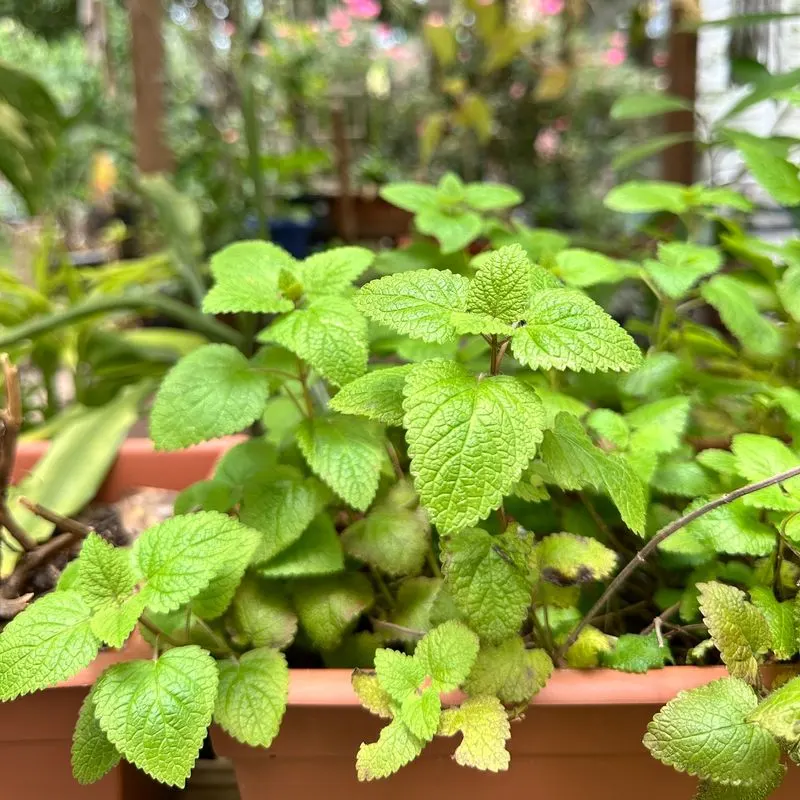
Lemon balm brings a touch of sunshine to the herb garden with its lemony aroma. Known for its uplifting properties, it helps to reduce anxiety and promote sleep when used in teas.
The bright, heart-shaped leaves are as delightful to the eyes as they are to the senses. Dating back to the Middle Ages, lemon balm was believed to chase away melancholy, a testament to its cheery nature.
Adding lemon balm to your garden ensures a perennial source of positivity and tranquility.
Echinacea
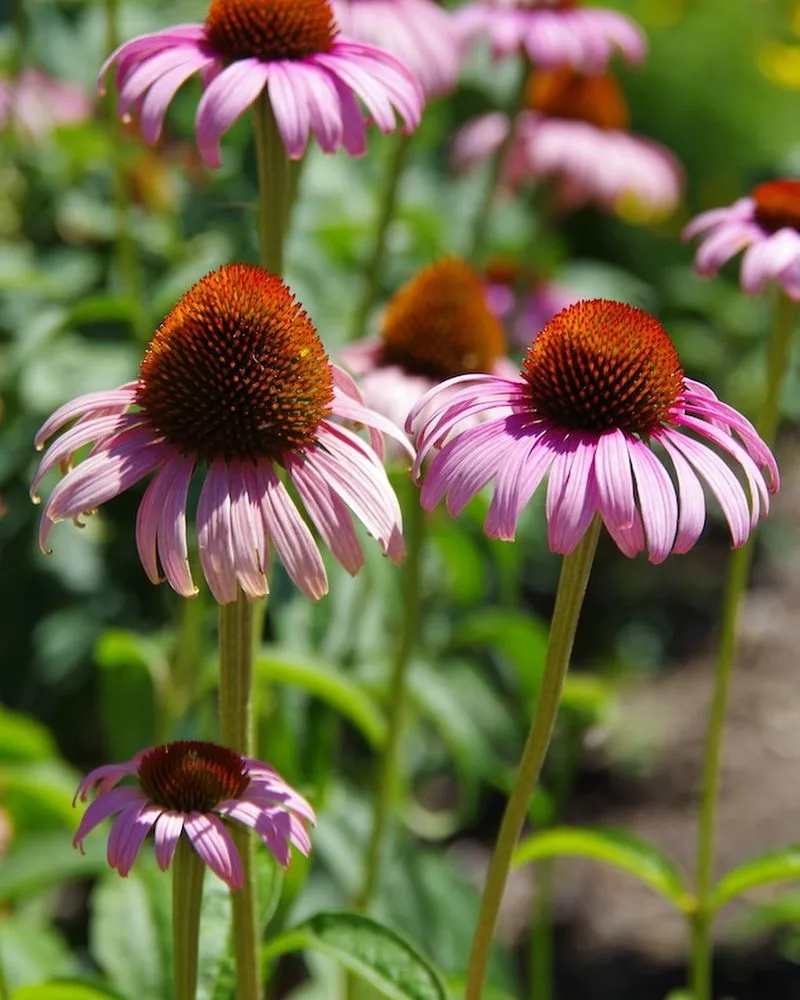
Echinacea, with its bold and striking purple flowers, is more than just a pretty face in the garden. Renowned for boosting the immune system, it finds frequent use in herbal remedies.
Its coneflowers attract bees and butterflies, adding lively activity to any garden space. Native to North America, echinacea was traditionally used by Native Americans as a natural healer.
Integrating echinacea into your garden offers both aesthetic pleasure and functional health benefits, making it a valuable addition.
Thyme
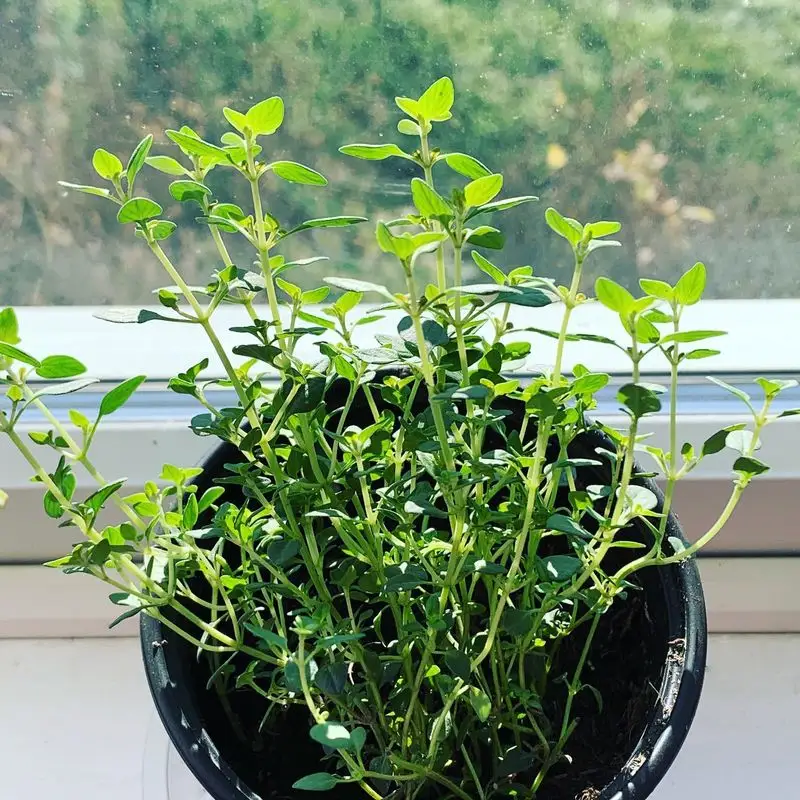
Thyme, with its earthy and robust aroma, serves as a staple in culinary and medicinal applications. Its small, yet sturdy leaves enhance dishes and support respiratory health.
This hardy herb grows well in garden borders and rockeries, providing a delightful ground cover. Historically, thyme was burned in ancient temples as an offering to the gods, emphasizing its revered status.
Cultivating thyme invites a touch of the mystical into everyday gardening, enriching the senses with its fragrant presence.
Sage

Sage, with its silvery leaves and woody stems, adds a touch of elegance to any garden. Known for its earthy taste, sage is a favored ingredient in culinary traditions and possesses anti-inflammatory properties.
This resilient herb thrives in dry climates and poor soils, making it easy to maintain. Did you know that sage was once thought to enhance longevity, earning it the nickname “herb of immortality”?
Growing sage in your garden offers both a culinary treasure and a nod to ancient herbal wisdom.
Rosemary

Rosemary, with its pine-like fragrance, is an evergreen favorite among gardeners. Its aromatic leaves are perfect for seasoning dishes and enhancing memory and concentration.
The plant’s robust nature ensures it thrives with minimal care, providing a year-round supply of fresh herbs. Intriguingly, rosemary was used in wedding ceremonies during the Middle Ages as a symbol of loyalty and love.
Incorporating rosemary into your garden enriches it with history and flavor, making it a cherished companion for any gardener.
Basil
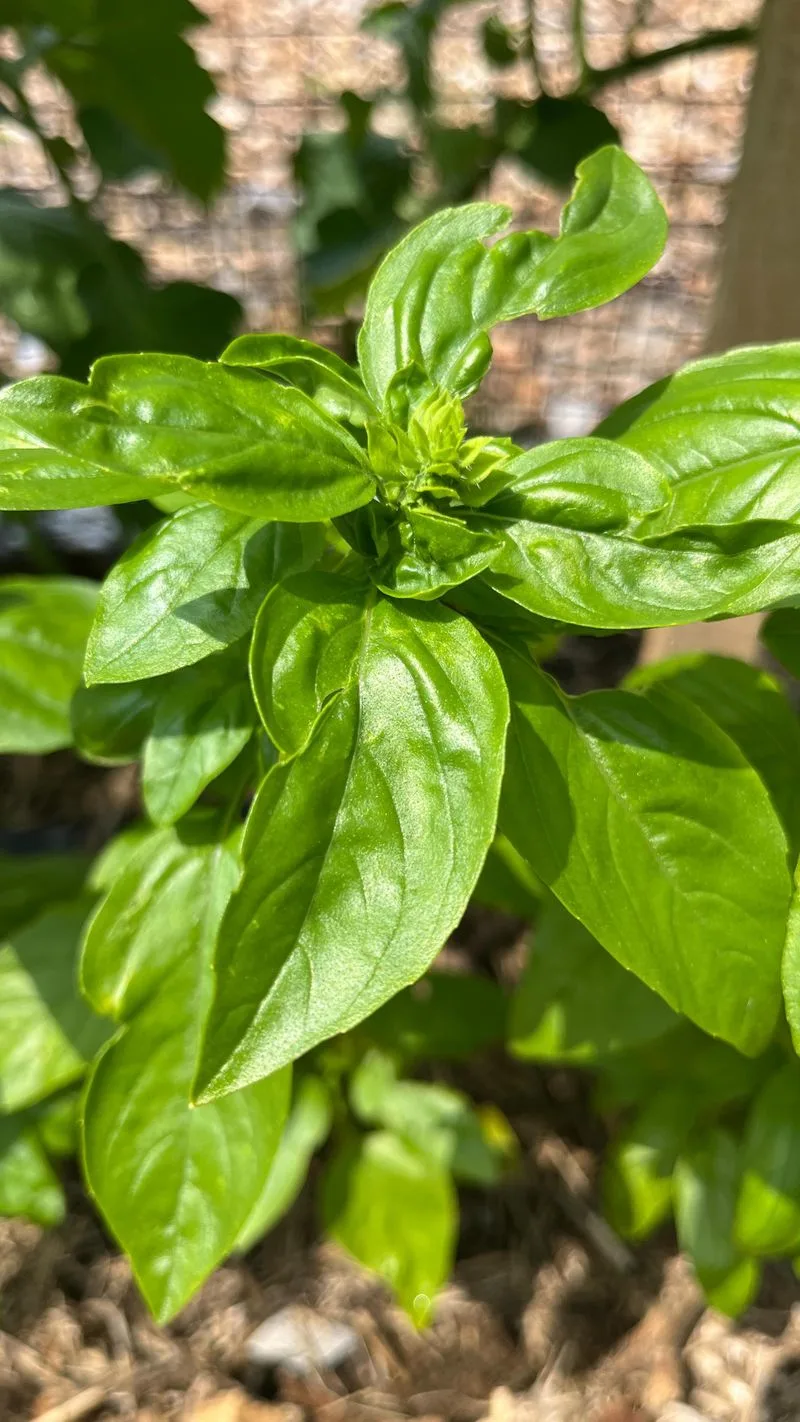
Basil, with its bold green leaves and spicy aroma, is a culinary staple that brings warmth to any dish. Its versatility extends beyond the kitchen, as it’s known for its anti-inflammatory properties.
The plant’s lush growth and vibrant color make it an attractive addition to garden beds. Often associated with love and good luck, basil has been cherished since ancient times.
Cultivating basil ensures a plentiful supply of fresh leaves for your favorite recipes, while adding a touch of history to your gardening endeavors.

